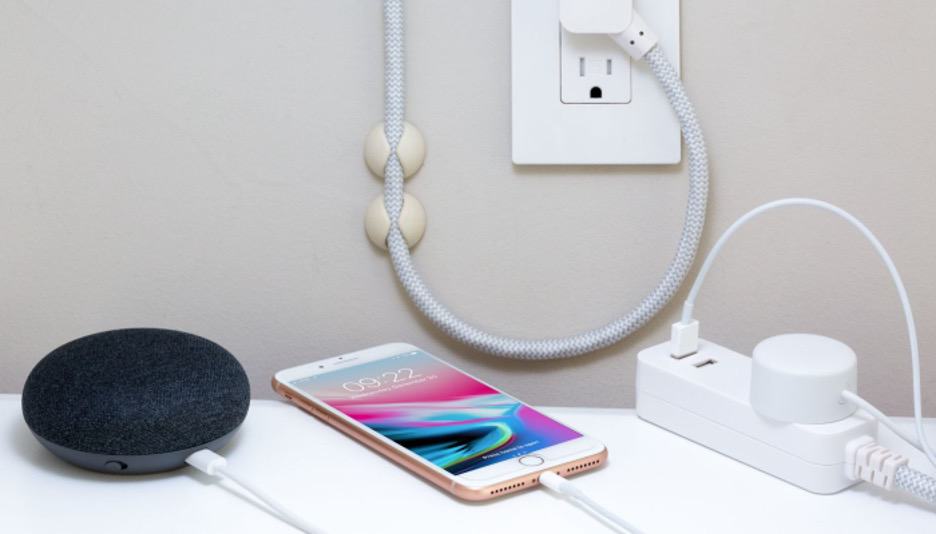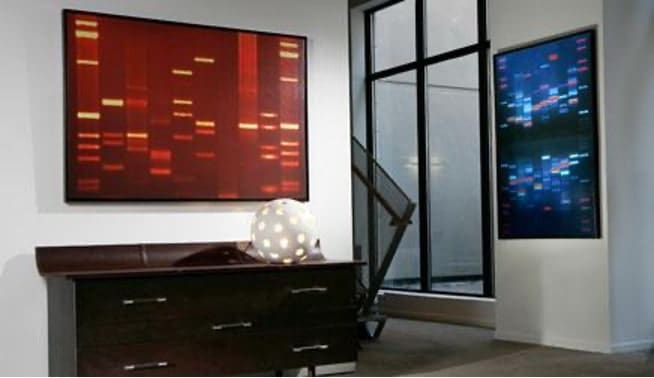We live in an era where technologies are changing at breakneck speed, and innovations in every sector redefine every aspect of our lives. Robots are cleaning our homes, cars no longer required drivers and delicate operations conducted over the internet. The world of interior designing keeps pace with digitalization. By evolving technologies like augmented reality and virtual reality, 3D printing, and the internet of things, modern designers should step up for this transformation or be left behind.
Traditional designing tools and procedures have been replaced by advanced technology that advances creativity by making it easy to turn concepts into reality. Designers now have access to software and computer-aided designing tools and resources to visualize and share concepts better. They could reach out and co-operate with customers, get all the stakeholders on the same page, minimize flaws by precise documentation and keep the customers happy.
Below is the list of some hottest technology trends that are affecting the interior design space.
Digital drafting
Gone are the days of T scale, anomers drafting boards, and set squares. AutoCAD from Autodesk, Revit, SketchUp, or virtual architect is among the new-age software platforms that will allow architects and designers for translating their concept into 2D drawings. They will easily convert the 2D drawings to 3D images, videos, and interactive walkthroughs that could be used to convey thoughts and ideas more comprehensively.
Designers can then access powerful tools and versatile libraries spontaneously for offering industry-specific functionality. Once the drawings are created, they can be shared online or stored in the cloud and organized in the central repository.
IoT and smart homes
The internet of things is an absolute game-changer for homeowners. Devices can communicate with each other and create a smart home built on owners’ personal preferences once we leverage the power of the internet. Tech-savvy young people are demanding more mind-blowing functionality in their home interiors. With some smart collected gadgets and appliances, interior designers can provide them exactly what they are looking for.

Smart sensors in interior design technology
Smart sensors that could turn off lights after leaving the room, refrigerators that let us know when it’s time to stock up on groceries, and a coffee maker that will make coffee automatically in the morning.
Intensified security through smart locks gives homeowners easy access even from a distance while sounding the alarm on intruders and intuitively clicking their picture through hidden security cameras at strategic locations. Smart speakers use your voice commands to carry out your every wish, from playing music to answering questions and telling your joke.
CNC machine and 3D printing
Exciting options in architecture and interior design have been opened by 3D printing. 3D printed solutions combine aesthetics and innovative forms for creating stunning furniture pieces, lamps, accessories, and artifacts.
CNC machines are numerically controlled and guided by computers and laser optics for performing precise cutting and engraving that is automated. Modular kitchens are fabricated using this machine for cutting and routing the shutters enabling perfect finishes.

One example is a DNA portrait that is the world’s most uncommon and personalized form of art. You will be receiving a collection kit with everything required for capturing a sample of your DNA. The tough part will be choosing the style, color, size, and frame for almost unlimited possibilities. You can take all the time you need, and your personal DNA picture print will be as unique as you are.
Virtual reality and augmented reality
Convincing clients for buying concepts is one of the biggest challenges faced by a designer. Customers cannot understand 2D drawings and sketches when presented with conventional blueprint sales to appreciate the distinctions of the designer’s vision. It is virtual reality and augmented reality make a world of difference.
Using hyper-realistic 3D render and 3D virtual tour created using v-ray software, weavers could easily obtain an immersive knowledge of the completed home interior and visualizer design. Designers could even make changes on the fly and show clients the change of colour and material choice.
Advanced VR adventures that are yet perfected, including scrapping on the headset and walking into a holographic projection of the design interior. Clients who will get such an amazing experience could participate in their design process, give accurate feedback and enable designers to provide them with exactly what they need in their new home.
Digital furniture
Interior designers could use furniture for establishing an aesthetically pleasing and functional sense of order in a room. Changes in the way we interact with technology have changed the way we live, and hence they use the space around us.
Sitting on the couch to watch TV and sitting on the couch for working on a laptop needs two different ways to use that couch. The modern designer should create modern furniture for accommodating technology. That is not only suggested that furniture should include charging ports and an interactive screen. Technology is evolving day by day and will be replaced absolutely by the next year. Instead, designers try to create furniture with new standards of living in mind.
